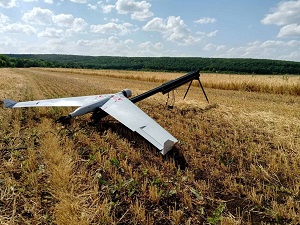Rosneft Expanding Unmanned Aerial Vehicles Geography for Greenhouse Gas Monitoring

Rosneft is expanding the geography of its use of unmanned aerial vehicles (UAVs) for greenhouse gas monitoring.
Monitoring at oil and gas treatment and transportation assets at Rosneft’s key production enterprises, such as Samaraneftegaz, Bashneft-Dobycha, Udmurtneft, RN-Nyaganneftegaz, RN-Uvatneftegaz, Tomskneft, RN-Krasnodarneftegaz, RN-Yuganskneftegaz, RN-Purneftegaz, Samotlorneftegaz, and Orenburgneft will be carried out using a remote laser scanner and a high-resolution video camera mounted on UAVs.
Using UAVs to monitor greenhouse gas levels will make it possible to monitor remote, inaccessible production sites. About 290 production facilities and 8,500 km of gas pipelines are to be monitored by air in 2021.
Rosneft was the first Russian oil and gas company to announce climate targets through 2035 as part of its Carbon Management Plan. The document provides for prevention of 20 million tonnes of CO2 greenhouse gas emissions, a 30% reduction in the emission intensity of oil and gas production, a methane emission intensity below 0.25% and zero routine flaring of associated gas by 2035.
Rosneft has been consistently implementing its comprehensive programme to reduce greenhouse gas emissions since 2019. The expansion of the programme, as well as the introduction of UAVs, laser and thermal imaging scanners, and ultrasonic detectors have been contributing to fulfilling corporate objectives on minimising environmental impacts.
Rosneft
Information Division
August 18, 2021